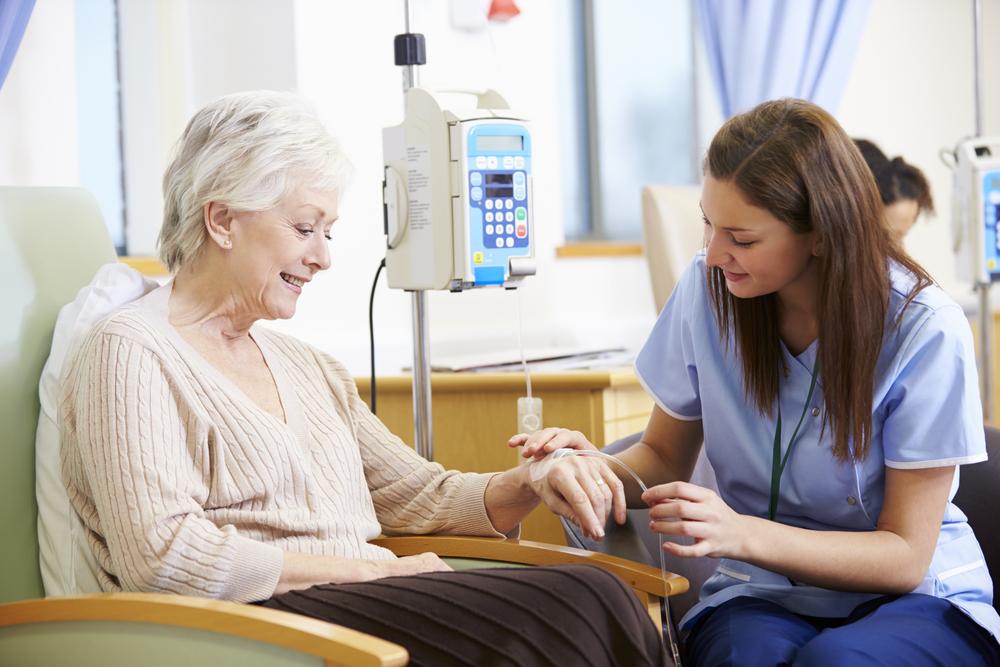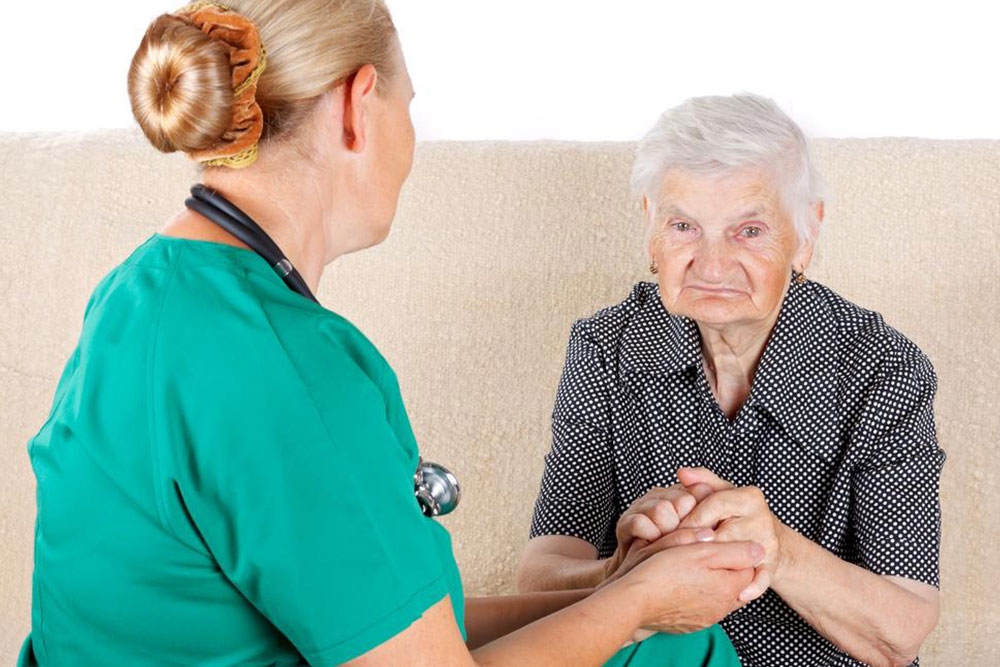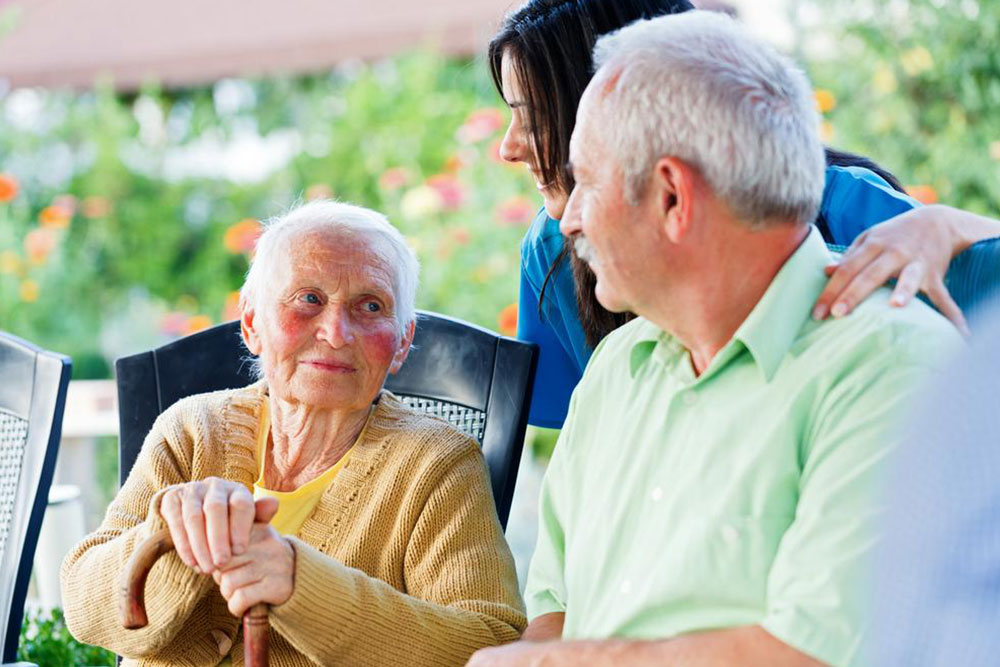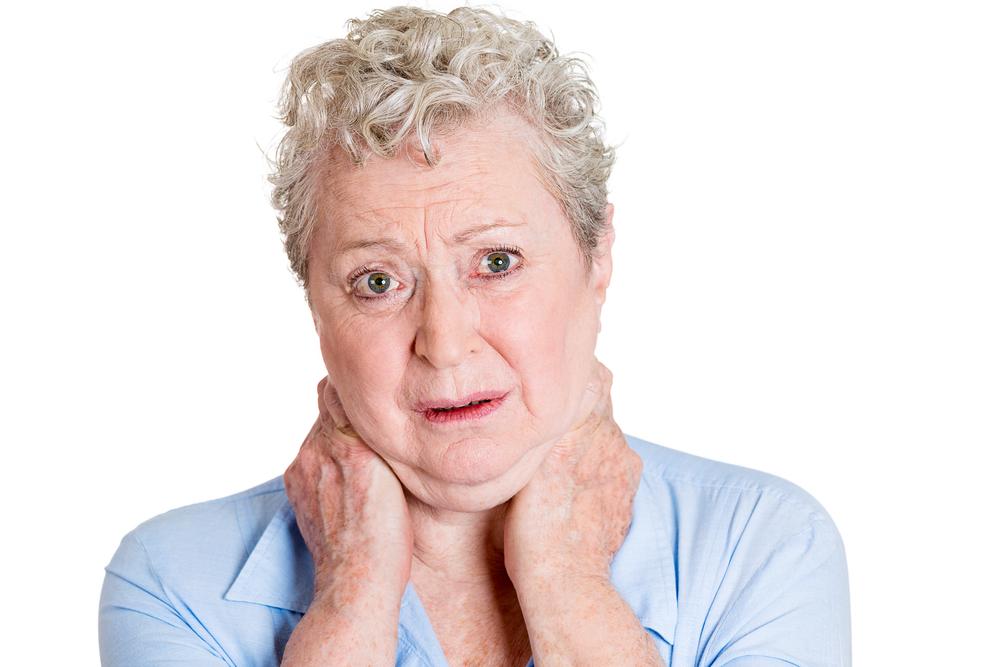Comprehensive Guide to Parkinson’s Disease: Causes, Symptoms, and Effective Treatment Strategies
This comprehensive article explores Parkinson’s disease, covering causes, symptoms, and advanced treatment options including medications, surgery, and lifestyle strategies. It emphasizes early recognition and a holistic approach to management, highlighting recent innovations and future prospects in combating this neurodegenerative disorder.

Comprehensive Guide to Parkinson’s Disease: Causes, Symptoms, and Effective Treatment Strategies
Parkinson’s disease (PD) is a chronic, progressive neurological disorder that profoundly impacts movement and coordination. It primarily results from the degeneration of dopamine-producing neurons in the substantia nigra, a vital area of the brain responsible for controlling movement. Although the precise cause of Parkinson’s remains elusive, ongoing research suggests a combination of genetic and environmental factors may contribute to its development. Recognizing the early signs and understanding current treatment options can significantly improve the quality of life for those affected by this challenging condition.
**Introduction to Parkinson’s Disease**
Parkinson’s disease is among the most common neurodegenerative disorders worldwide, affecting millions of individuals across all age groups, although it is most prevalent among older adults. Its symptoms typically develop gradually, often starting with subtle signs that may go unnoticed. The core features include tremors at rest, bradykinesia (slowness of movement), muscular rigidity, and postural instability. Each individual’s experience with Parkinson’s can differ, with some experiencing rapid progression while others have a more gradual decline. Due to its complex nature, managing Parkinson’s requires a comprehensive approach tailored to each patient’s unique circumstances.
**Understanding the Causes of Parkinson’s Disease**
While the exact etiology remains uncertain, researchers believe Parkinson’s arises from a combination of genetic mutations and environmental toxins. Some genetic mutations have been identified that increase susceptibility, particularly in familial cases. Exposure to certain pesticides and heavy metals has also been linked to higher risk. Additionally, aging remains the single most significant risk factor, as the natural decline in dopamine production and neuronal health predisposes older adults to the disease. Environmental factors, lifestyle choices, and genetic predispositions interact in complex ways to influence disease onset and progression.
**Recognizing the Symptoms of Parkinson’s Disease**
The early symptoms of Parkinson’s can be subtle yet progressive. Initial signs often include slight tremors in one hand, decreased arm swing during walking, or mild stiffness. As the disease advances, symptoms become more pronounced and interfere with daily activities. Typical symptoms encompass tremors at rest, rigidity of muscles, bradykinesia, postural instability, and a shuffling gait. Non-motor symptoms are also common, such as sleep disturbances, constipation, depression, and cognitive changes. Recognizing these symptoms early can facilitate timely diagnosis and intervention, potentially slowing disease progression and improving quality of life.
**Current Treatment Options for Parkinson’s Disease**
Presently, there is no cure for Parkinson’s disease. The management strategy focuses on alleviating symptoms, improving motor function, and enhancing patient well-being through a combination of medication, surgical procedures, and supportive therapies.
Medications: The Cornerstone of Parkinson’s Management
Levodopa remains the most effective medication, converted in the brain to dopamine to alleviate motor symptoms. It is often combined with carbidopa to prevent peripheral breakdown of dopamine, allowing more of the drug to reach the brain.
Complementary drugs like dopamine agonists, MAO-B inhibitors, and COMT inhibitors assist in managing symptoms and reducing medication fluctuations.
Monitoring and adjusting dosages are essential to balance symptom control and minimize side effects such as dyskinesia.
Surgical Interventions: Deep Brain Stimulation (DBS)
Deep brain stimulation involves implanting electrodes in specific brain regions, such as the subthalamic nucleus or globus pallidus, connected to a pulse generator.
Generally reserved for advanced cases unresponsive to medication, DBS can significantly reduce tremors, rigidity, and motor fluctuations.
Risks include infection, bleeding, and hardware-related complications, thus requiring careful patient selection and ongoing management.
Supportive Therapies and Lifestyle Modifications
Physical therapy plays a vital role in maintaining mobility, improving gait and balance, and reducing fall risk.
Occupational and speech therapies help patients manage daily activities and communication challenges.
Dietary adjustments, including increased fiber intake, can address constipation, a common non-motor symptom.
Regular exercise, such as aerobic and resistance training, has shown benefits in symptom management and overall health.
**Managing Motor Fluctuations and Side Effects**
Dyskinesia, characterized by involuntary, uncontrolled movements, is a common side effect of long-term levodopa therapy. Strategies to mitigate dyskinesia include medication adjustments, using extended-release formulations, and adding medication classes that smooth out dopamine fluctuations. Close monitoring by healthcare partners is essential to maintain symptom control while minimizing adverse effects.
**The Role of Stress Management and Lifestyle in Parkinson’s Disease**
Stress can worsen Parkinson’s symptoms, making stress management techniques essential for overall health. Practices such as yoga, meditation, deep breathing exercises, and mindfulness can help reduce stress levels. Additionally, engaging in social activities and listening to calming music can enhance emotional well-being. Lifestyle modifications that incorporate regular physical activity and proper sleep hygiene can contribute significantly to managing symptoms and improving daily functioning.
**Future Prospects and Ongoing Research**
Advances in neuroscience and genetics are paving the way for innovative treatments, including gene therapy, stem cell research, and neuroprotective drugs. Clinical trials continue to explore promising new approaches aimed at slowing or halting disease progression. Personalized medicine tailored to genetic and biomarker profiles holds potential for more effective and targeted therapies in the future.
**Conclusion**
While Parkinson’s disease remains a challenging condition with no known cure, comprehensive management combining medication, surgical options, therapeutic interventions, and lifestyle modifications can significantly enhance patient quality of life. Early diagnosis and proactive treatment planning are crucial. Ongoing research and technological advancements continue to offer hope for improved treatments, ultimately aiming to slow or stop the progression of this debilitating disease.





